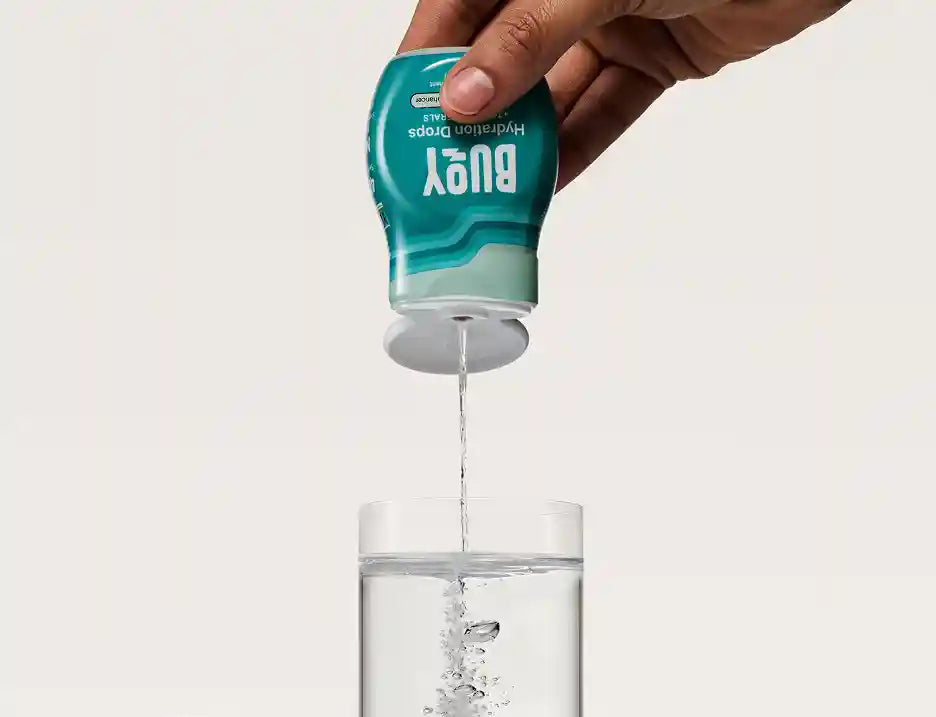
POTS Symptoms Checklist: Manage Your Health Effectively
Navigating life with Postural Orthostatic Tachycardia Syndrome (POTS) can often feel like riding a rollercoaster of unpredictable symptoms. But what if you had a tool that could help you make sense of these ups and downs?
This is where a POTS symptoms checklist becomes invaluable. A well-crafted POTS symptoms checklist helps you spot patterns, anticipate challenges, and chart the most effective course for your well-being. This POTS management checklist will serve as your personal guide to effectively monitor your POTS symptoms.
In this guide, we’ll walk you through creating and using a POTS symptoms checklist that’s tailored to your unique needs. Whether you’re newly diagnosed or have been managing POTS for years, this tool can revolutionize how you understand and communicate about your condition.
Essential Takeaways:
- POTS Symptoms Can Be Unpredictable: POTS involves a wide range of fluctuating symptoms, such as dizziness, fatigue, and heart palpitations, that can be hard to track, making it difficult to manage and communicate with healthcare providers.
- Make It Easier with a POTS Symptoms Checklist: Creating and consistently using a personalized POTS symptoms checklist allows you to track patterns, identify triggers, and gather valuable data. This empowers you to take control of your health, make informed decisions, and communicate more effectively with your healthcare team.
Let’s explore how you can turn your symptoms into valuable data, empowering you to take control of your health like never before.
- Why You Should Use a POTS Symptom Checklist
- Essential Symptoms to Monitor Daily
- Weekly and Monthly Health Check-Ins
- How to Use Your Checklist During Doctor Visits
- Customizing Your POTS Symptoms Checklist
- Digital vs. Paper: Choosing the Best Format for Your Checklist
- Stay Ahead of Your Symptoms with a Personalized POTS Checklist
Why You Should Use a POTS Symptom Checklist
Consistently tracking your POTS symptoms offers several advantages:
- Identifies patterns in your symptoms over time.
- Helps you recognize potential triggers.
- Allows you to assess the effectiveness of treatments.
- Improves communication with your healthcare team.
- Empowers you to take an active role in managing your health.
- Provides a structured approach to POTS symptom monitoring.
By maintaining a detailed record of your symptoms, you’re giving yourself valuable data to make informed decisions about your health and treatment plan. This POTS self-care checklist will quickly become an essential part of your daily routine.
Are you at the very beginning of your POTS journey? Early treatment is crucial for slowing and even reversing the effects of this chronic illness.
Discover How to Get Diagnosed with POTS in our guide.
Essential Symptoms to Monitor Daily
While POTS can manifest differently for each individual, there are some key symptoms you should consider tracking on a daily basis. Your POTS management checklist should include the following:
- Heart rate (resting and upon standing)
- Blood pressure (lying down and standing)
- Dizziness and lightheadedness
- Fatigue levels
- Brain fog or cognitive difficulties
- Nausea
- Headaches
- Sleep quality and duration (1)
Remember to note the severity of each symptom using a consistent scale (e.g. 1-10) to track changes over time.

Tracking things like exercise, diet, energy levels, and POTS symptoms in your POTS symptoms checklist can help you identify patterns and manage your condition.
Weekly and Monthly Health Check-Ins
In addition to daily symptom tracking, it’s beneficial to monitor some aspects of your health on a weekly or monthly basis:
- Changes in exercise tolerance
- Overall energy levels
- Mood fluctuations
- Menstrual cycle effects (if applicable)
- Weight changes
- Medication side effects
- New symptoms or health concerns (1)
These longer-term observations can help you and your healthcare provider identify trends and adjust your treatment plan as needed. Regularly updating these aspects of your POTS self-care checklist gives you a comprehensive view of your condition over time.
How to Use Your Checklist During Doctor Visits
Your POTS symptoms checklist is a powerful tool for communicating with your healthcare team. Here’s how to make the most of it:
- Summarize your symptoms since your last visit.
- Highlight any new or worsening symptoms.
- Share any patterns or triggers you’ve identified.
- Discuss the effectiveness of current treatments.
- Ask questions based on your observations.
Presenting organized information helps your doctor make more informed decisions about your care and ensures all your concerns are addressed at each appointment.
Customizing Your POTS Symptoms Checklist
Every person with POTS is unique, so it’s important to tailor your checklist to your specific needs. Consider adding:
- Symptoms that are particularly troublesome for you.
- Environmental factors like temperature and humidity.
- Dietary intake and its effects on symptoms.
- Physical activities and their impact.
- Stress levels and potential stressors.
The more personalized your checklist, the more valuable it becomes for managing your condition.
Understanding common factors that can trigger POTS can help you know what to look for. Check out our POTS Syndrome Triggers Guide to learn more.

Digital or paper? Your POTS symptoms checklist, your choice! Whether you prefer the convenience of apps and spreadsheets or the simplicity of pen and paper, pick the format that’s right for you.
Digital vs. Paper: Choosing the Best Format for Your Checklist
The format you choose for tracking POTS symptoms can affect your consistency and insights.. Let’s explore the two main options: digital and paper checklists to help you select the method that best fits your lifestyle.
Digital Checklists
In our increasingly digital world, many people with POTS find electronic symptom tracking to be a convenient and powerful tool. Digital checklists offer several advantages:
- Accessibility from various devices
- Automatic generation of graphs and reports
- Built-in reminders for regular logging
- Easy sharing with healthcare providers
However, digital methods also have some drawbacks, such as requiring technology access and potentially having a learning curve for less tech-savvy users.
Digital Tracking Options
If you’re interested in trying digital tracking, consider apps like Flaredown or Bearable, or create a customizable spreadsheet using Microsoft Excel, Apple Numbers, or Google Sheets.
Paper Checklists
Despite technological advances, many people still prefer writing things down on paper checklists, and paper-based tracking offers its own set of benefits:
- Always accessible, no charging or internet access required
- Can be more engaging and memorable for some users
- Provides a sense of privacy and control
- No risk of technological glitches or data loss
However, paper checklists can make it challenging to analyze long-term trends, and there’s always the risk of physical damage or loss.
Paper Tracking Options
For a paper-based system, consider:
- A dedicated symptom tracking notebook
- Pre-printed symptom tracking sheets
- A bullet journal for a more creative approach
Remember, the most effective checklist is the one you’ll use consistently. Choose the format that feels most comfortable and sustainable for your POTS management journey, and don’t hesitate to switch methods or combine both if that works best for you.
Stay Ahead of Your Symptoms with a Personalized POTS Checklist
Creating and consistently using a POTS symptoms checklist can be a game-changer in managing your health. By tracking your symptoms regularly, you’ll gain valuable insights that can help you navigate life with POTS.
Personalize Your Approach
Remember, your POTS experience is unique to you, and your symptoms checklist should reflect that. Don’t hesitate to adjust your tracking methods as you learn more about your body and your condition.
With patience and persistence, you’ll develop a personalized tool that helps you thrive despite the challenges of POTS.
Explore More POTS Resources
Want more tips and expert advice on how to manage POTS? Check out our other POTS guides for more valuable information and strategies.

References:
- Cleveland Clinic. (2022). Postural Orthostatic Tachycardia Syndrome (POTS). Retrieved from https://my.clevelandclinic.org/health/diseases/16560-postural-orthostatic-tachycardia-syndrome-pots




